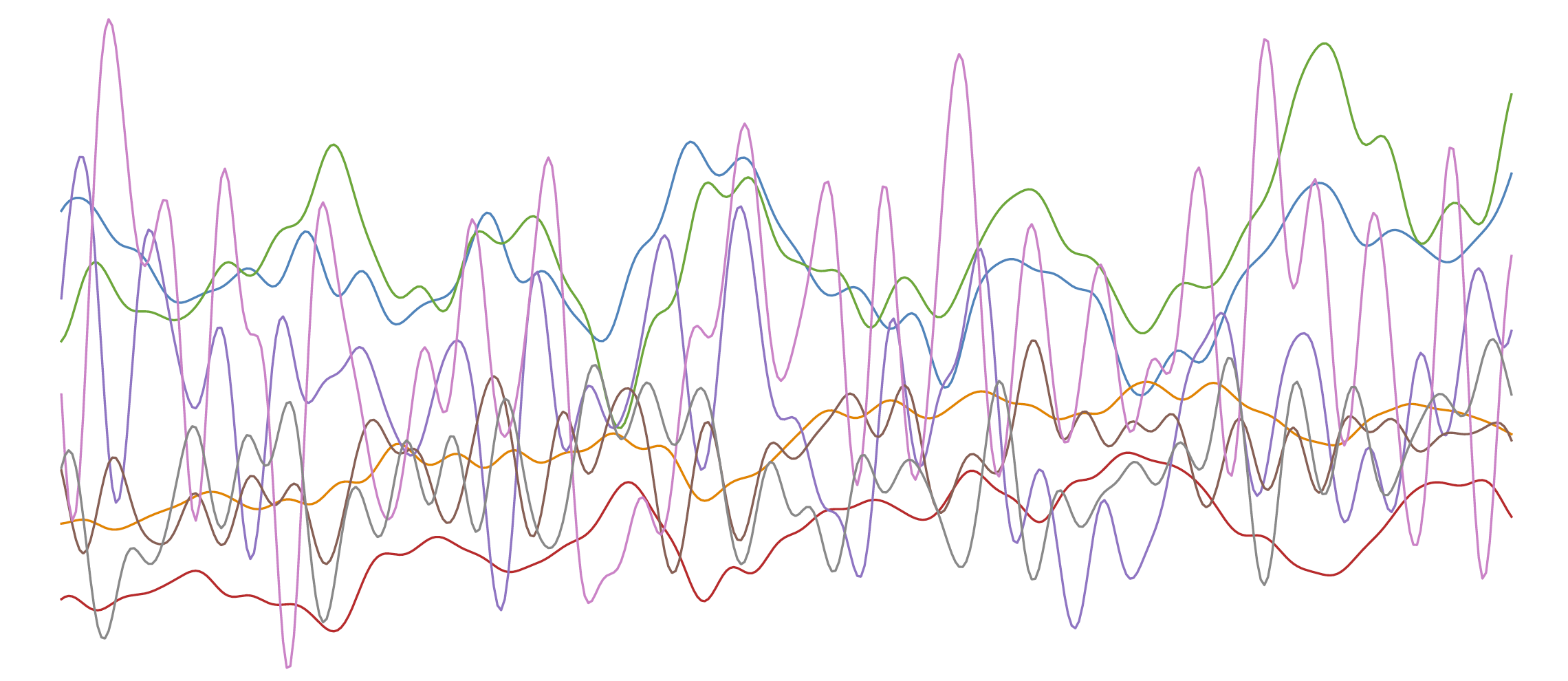Taming fNIRS-based BCI Input for Better Calibration and Broader Use
Currently, we are waiting for the Tufts IRB to give us permission to release the participants' data. (We are almost there, and we apologize for the inconvenience).
If you want to download the data or have any questions, please reach out to Leon (leonwang_at_cs.tufts.edu).
# Paper Information
L. Wang*, Z. Huang*, Z. Zhou, D.T. McKeon, G. Blaney, M.C. Hughes†, and R.J.K Jacob†, “Taming fNIRS-based BCI Input for Better Calibration and Broader Use,” Proc. ACM UIST 2021 Symposium on User Interface Software and Technology (2021).
*Both authors contributed equally to this research.
†Both authors jointly supervised this work.
# Description
We have presented new tools and a new dataset intended to allow future researchers and designers to create and explore fNIRS-based BCI applications more easily. Some examples of the implications for the design of this work are found in such previous experimental fNIRS-based systems as: Brainput for robot automation, air traffic control, music learning, and bubble cursor usage. We provide a new fNIRS dataset collected using rigorous procedures from subjects performing a standard n-back cognitive task and show how it can be used to improve performance for future systems. We developed a new machine learning approach to process and utilize fNIRS data. We show from our experiments that our proposed 3-phase machine learning pipeline significantly improves n-back task classification performance over several established baselines. Moreover, even with a reduced amount of per-user training data, our approach still outperforms baseline models trained with all available target-subject-specific training data, showing the potential of reducing individual calibration effort when deploying BCI applications in the future. We hope that our new dataset, machine learning method, and tools will remove barriers that have prevented a wider range of researchers from using fNIRS-based BCI and facilitate the development of a new generation of powerful and easy use brain-computer interfaces.
# Code
Here is the link to our code Github repo (opens new window)
# Dataset
# Paper link and Please Cite
# Bibtex
@inproceedings{wang2021taming,
title={Taming fNIRS-based BCI input for better calibration and broader use},
author={Wang, Liang and Huang, Zhe and Zhou, Ziyu and McKeon, Devon and Blaney, Giles and Hughes, Michael C and Jacob, Robert JK},
booktitle={The 34th Annual ACM Symposium on User Interface Software and Technology},
pages={179--197},
year={2021}
}
@inproceedings{huangfNIRS2MW2021,
title = {The Tufts fNIRS Mental Workload Dataset & Benchmark for Brain-Computer Interfaces that Generalize},
booktitle = {Proceedings of the Neural Information Processing Systems (NeurIPS) Track on Datasets and Benchmarks},
author = {Huang, Zhe and Wang, Liang and Blaney, Giles and Slaughter, Christopher and McKeon, Devon and Zhou, Ziyu and Jacob, Robert J. K. and Hughes, Michael C.},
year = {2021},
url = {https://openreview.net/pdf?id=QzNHE7QHhut},
}
@inproceedings{wang2024empower,
title={Empower Real-World BCIs with NIRS-X: An Adaptive Learning Framework that Harnesses Unlabeled Brain Signals},
author={Wang, Liang and Zhang, Jiayan and Liu, Jinyang and McKeon, Devon and Brizan, David Guy and Blaney, Giles and Jacob, Robert JK},
booktitle={Proceedings of the 37th Annual ACM Symposium on User Interface Software and Technology},
pages={1--16},
year={2024}
}

